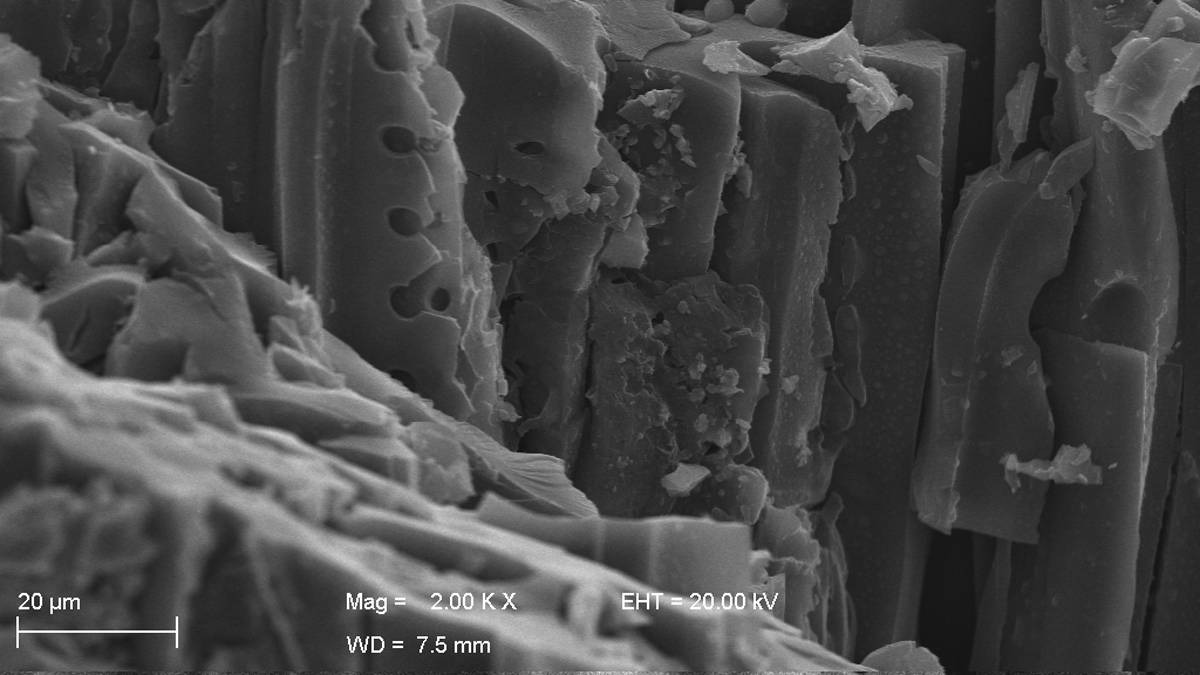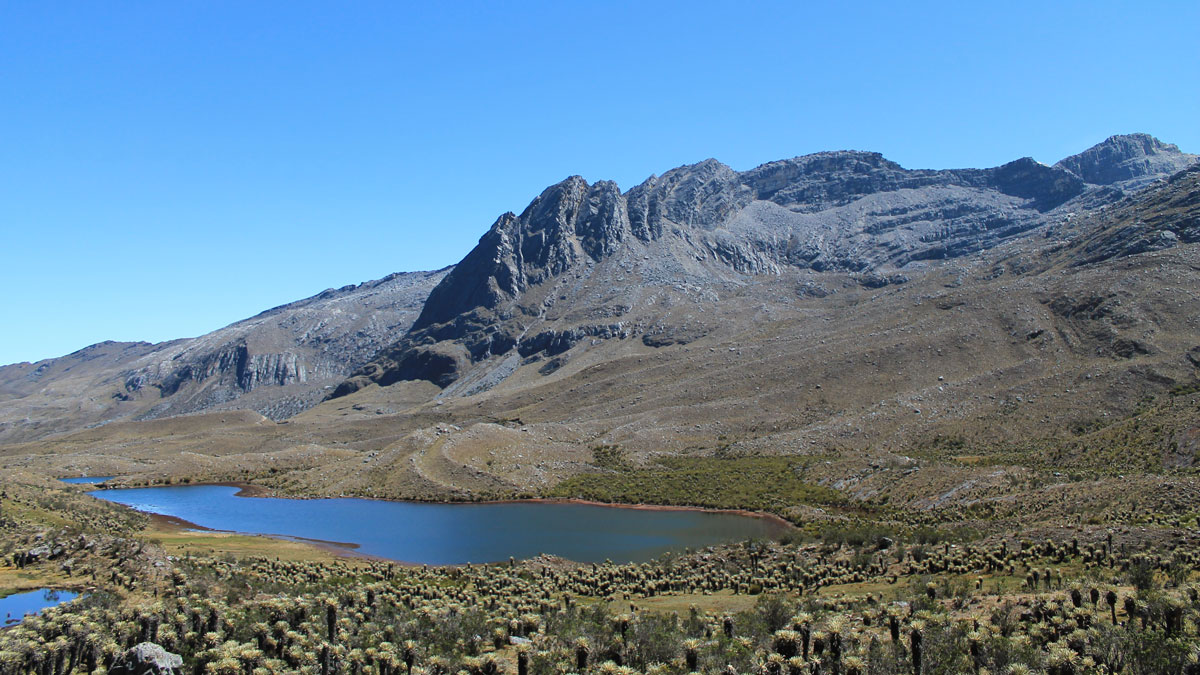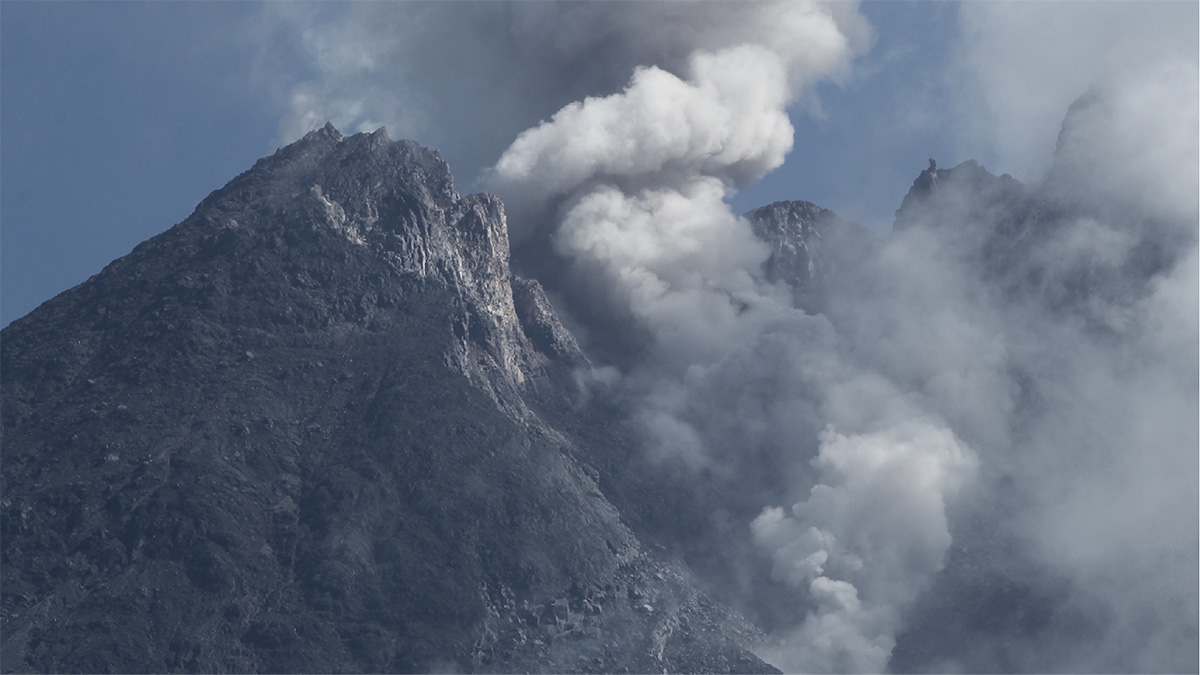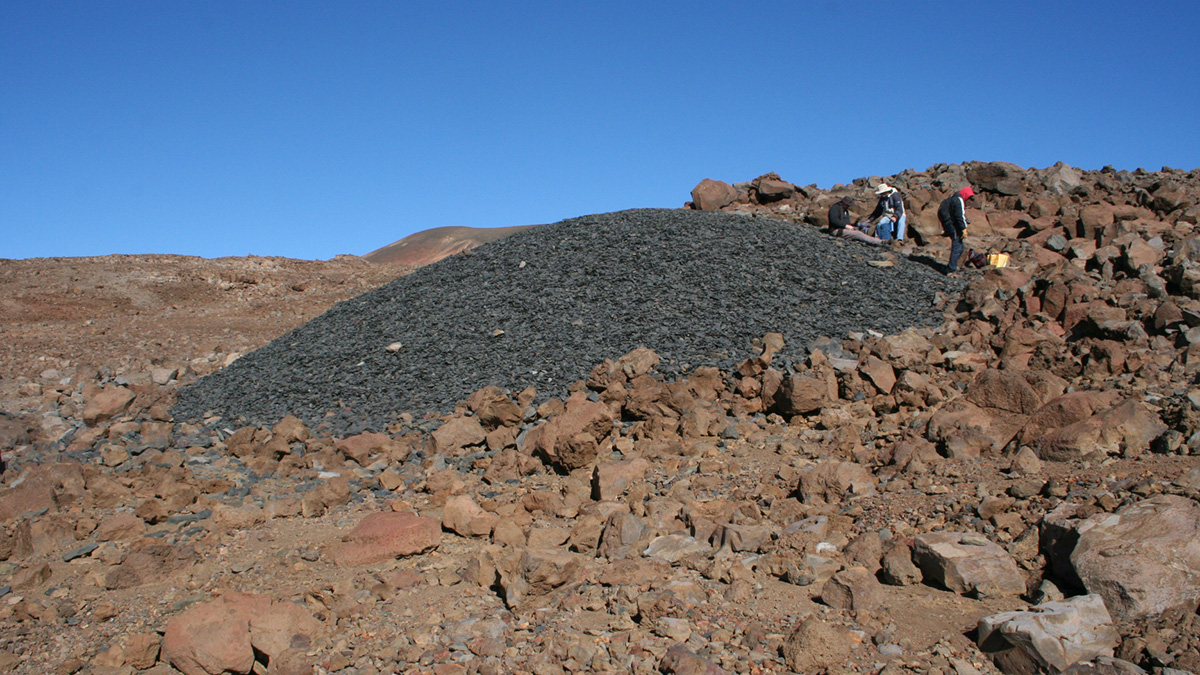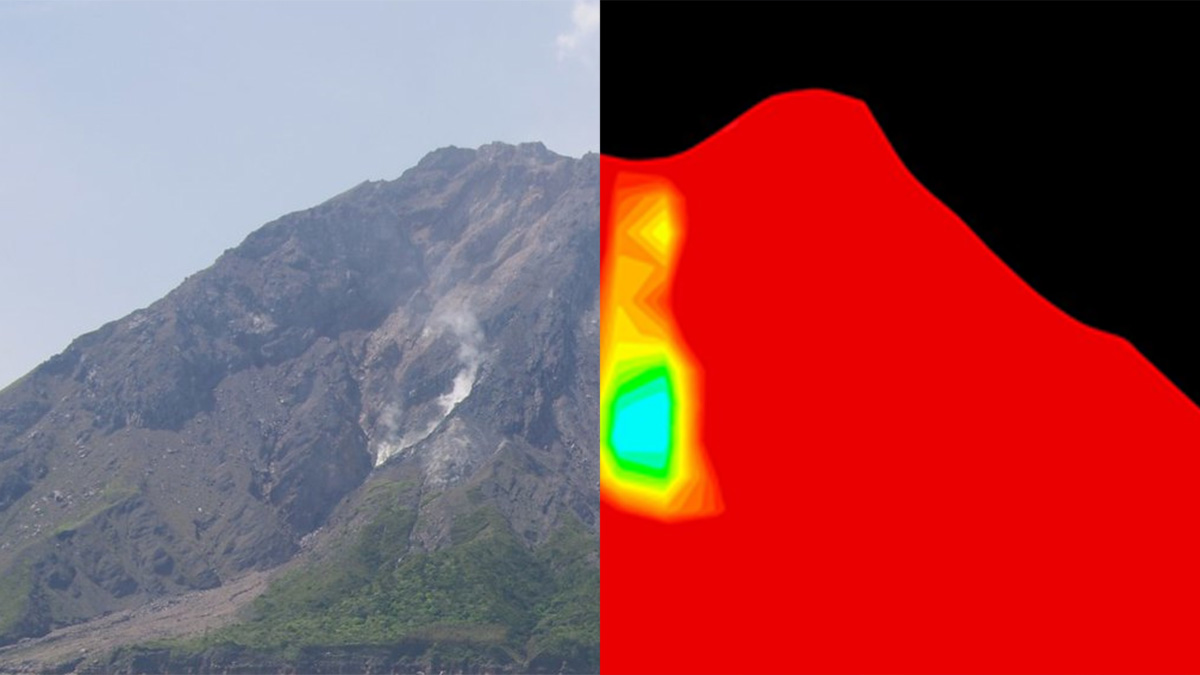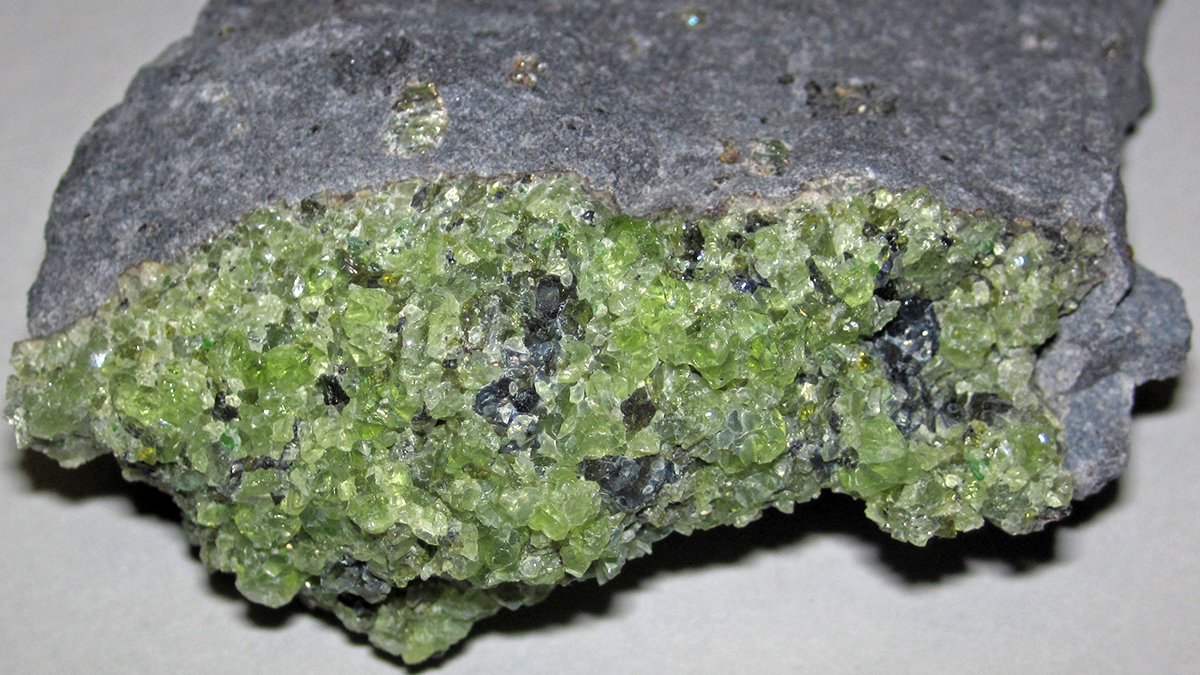Scientists have found holes filled with minerals that indicate fluid-filled pores exist many tens of kilometers below Earth’s surface. But no, The Core fans, you still can’t get amethyst-laden geodes in the mantle.
geology
Pluto’s Surface Was Recently Sculpted by Icy Volcanism
Geologically young regions of Pluto’s southern hemisphere were likely resurfaced by cryovolcanism, data from the New Horizons spacecraft reveal.
Is Earth’s Core Rusting?
If subduction carries hydrous minerals deep into Earth’s mantle, they may “rust” the iron outer core, forming vast sinks of oxygen that can later be returned to the atmosphere.
Cretaceous Charcoal Gives a Glimpse of Plant Evolution
New data from vegetal charcoal in northwest India supports the theory of paleowildfires as a global phenomenon and an evolutionary force for biodiversity.
A Puzzle Mat for Assembling Colombia’s Geologic History
A new database compiles all the available pieces of information about Colombia’s geochronology, offering scientists a consistent framework in which to view and study the data in a broader context.
Drones Discover Hidden Weaknesses of Collapsing Volcanoes
Understanding buried, hidden zones of structural weaknesses within Indonesia’s Merapi volcano can help to substantially advance our ability to predict catastrophic dome failures.
Geochemical Data from Polynesian Artifacts Pack Pofatu Database
A new resource may help match artifacts with their original stone sources—“a really a niche part of archaeology that requires geological expertise.”
High-Definition Imaging of the Subsurface with Cosmic Ray Muons
A new book describes muography, an imaging technique that can be used to visualize the internal density composition of geological structures.
Good News: Rocks Crack Under Pressure from Mineral CO2 Storage
When carbon mineralizes in stone, each new fracture exposes more surfaces that can react with and trap CO2, enhancing a rock’s storage capacity.
“Sticky” Ice Sheets May Have Led to More Intense Glacial Cycles
New research attributes a shift to longer, stronger glacial cycles to increased friction between ice sheets and bedrock in the Northern Hemisphere 1 million years ago.




